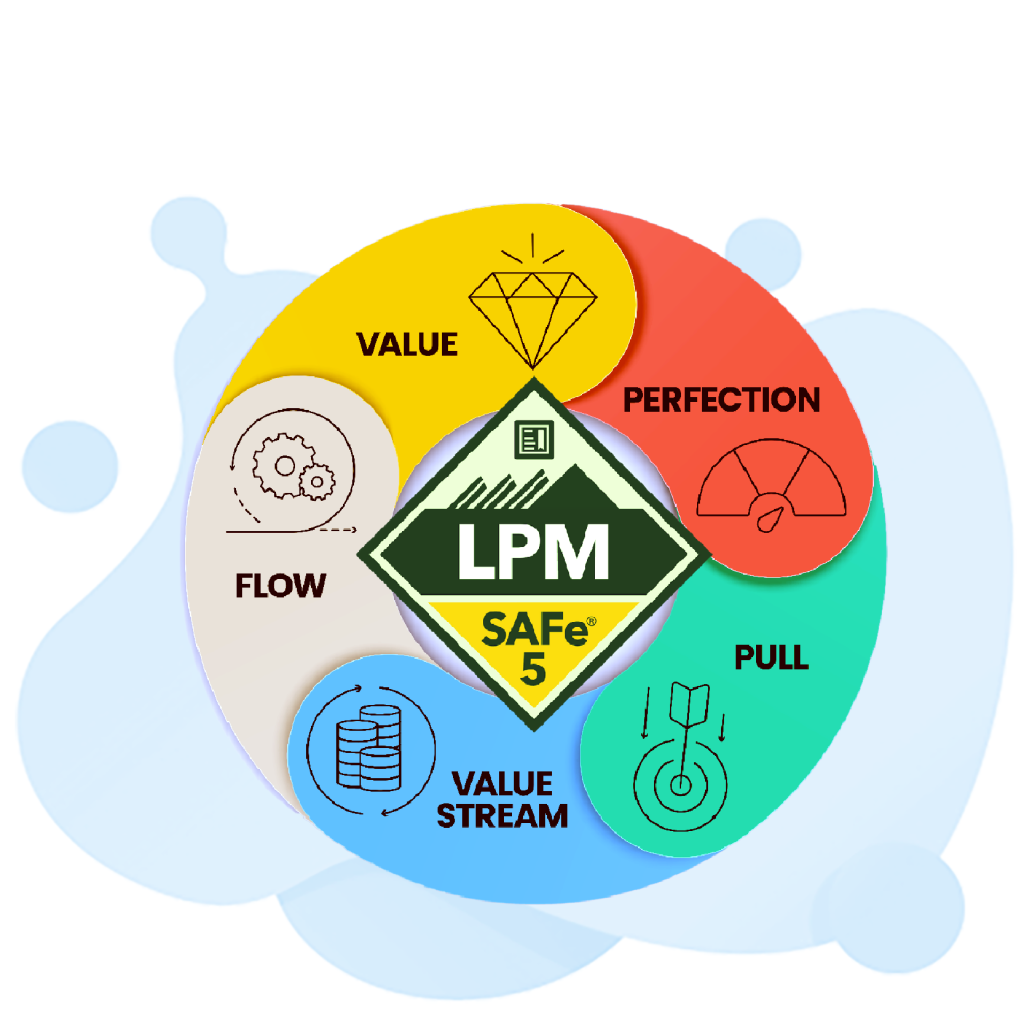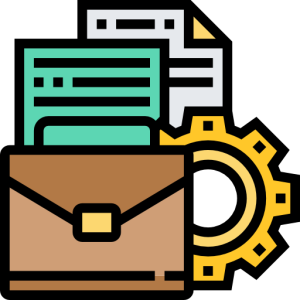Lean Portfolio Management SAFe Certification

Lean Portfolio Management involves optimizing resource allocation to support continuous delivery and transparent reporting. It also establishes mechanisms for effective value realization. This includes implementing Agile practices like ARTs and lean governance.
This competency involves establishing a portfolio backlog, using Kanban tools, and identifying project dependencies. It also involves establishing a pull system that prioritizes projects based on the highest business value.
Lean Portfolio Management
The SAFe lean portfolio management framework combines Lean and Agile methodologies to help businesses improve the effectiveness of their product development and delivery processes. It helps organizations eliminate waste and increase efficiency across the entire value stream. It also enables companies to deliver products and services that meet customer needs and expectations.
The lean portfolio management process begins with identifying strategic objectives and goals. These are then decomposed into a set of initiatives that will be delivered in increments using Agile methods. The result is a continuous flow of value for the customers.
The key to effective lean portfolio management is aligning strategy with execution. This is done through a portfolio of development value streams that develop solutions that align with business goals. The process also includes a framework for facilitating collaboration and a minimum of governance to support decentralized decision-making. In addition to enabling collaboration, lean portfolio management practices can also help organizations decrease cycle times by eliminating unnecessary work and removing dependencies between teams. This allows them to focus on delivering valuable features and products faster.
Lean Portfolio Management Scaled Agile
The Portfolio level encapsulates people, processes and funding to build systems and solutions that meet strategic objectives. It provides basic budgeting and governance mechanisms to support decentralized decision-making and effective response to new opportunities. In addition, it focuses on accelerating delivery and benefits realization through the use of Agile practices like continuous delivery and value-based management.
Lean Portfolio Management aims to align strategy, investments, delivery and outcomes while applying Agile principles to optimize value and minimize unnecessary work. This requires a holistic approach to communication and coordination between teams that are working on different components of the product. It also requires a process that promotes transparency and avoids miscommunication and waste in product development.
Lean portfolio management uses a structured Agile approach to coordinate work, eliminate handoffs and improve team collaboration. Its planning and reflection cadences provide stakeholders with real insight into the status of delivery and benefits realization, and facilitate decision making. Moreover, it enables organizations to implement continuous value flow across multi-modal initiatives. This helps them identify and mitigate risk before it becomes a problem.

Lean Portfolio Management Training
The Scaled Agile Framework (SAFe) helps teams be more responsive and effective. This is achieved by unlocking the motivation and capabilities of employees and enabling them to collaborate with other departments in order to deliver value faster. It also enables organizations to meet the demands of their customers and market.
Aligning strategy with execution is a critical task for any organization. To accomplish this, SAFe uses a framework called Lean Portfolio Management (LPM). LPM is an essential role in the Scaled Agile Framework and helps managers prioritize projects that align with business goals.
A key component of LPM is the establishment of a continuous learning culture. This helps teams learn from the successes and failures of their previous projects, thereby improving future project performance. This also helps them stay up-to-date with the latest best practices.
The SAFe LPM course includes a two-day workshop-style training that teaches attendees how to establish the portfolio management functions of Strategy and Investment Funding, Agile Portfolio Operations, and Lean Governance. Attending this class prepares you for the SAFe LPM exam and certification.
Guardrail Lean Portfolio Management
The pace of business change is rapid, and customer expectations are high. This has prompted many enterprises to heavily invest in Agile and digital transformations. However, only a few of them achieve the intended results. The key to success is keeping business and technology teams aligned and delivering the expected outcomes. However, this can be challenging in large organizations. That’s why many organizations implement SAFe portfolio management practices to improve collaboration and alignment.

A SAFe portfolio is a set of Development Value Streams that work together to deliver solutions that support business goals. The framework offers essential funding and minimal governance to facilitate decentralized decision-making. It also promotes cross-functional communication and teamwork to improve collaboration.
A key component of a portfolio is establishing guardrails that ensure the proper mix of short- and long-term opportunities, that investment decisions are made in alignment with strategy, and that significant investments are approved appropriately. It is important to recognize that the portfolio workflow operates within the context of the Lean principles. This includes establishing the right balance of Lean and Agile practices, and fostering a culture of continuous improvement.
Lean Portfolio Management Competency
Managing the portfolio requires vision, investment, some degree of centralization, and governance. A key aspect is ensuring that the portfolio is aligned with enterprise strategy for cohesive and synchronized value delivery. To achieve this, a portfolio should be organized by programs and projects that have commonalities and management synergies. For example, a portfolio that supports the transition to electric vehicles can organize its backlogs into a set of Epics based on strategic themes and expected business outcomes. It can then leverage tools and technology to support continuous delivery and transparent reporting.
Using Agile Portfolio Management, you can develop a backlog based on Epics that are prioritized according to business outcomes and strategic themes. It also focuses on fostering collaboration and communication between teams. To ensure this, the organization should hold frequent Portfolio Sync meetings and implement Agile Portfolio Operations to facilitate decentralized decision-making and effective governance. This includes establishing a Portfolio Kanban, creating an Epic review state, and facilitating collaborative budgeting. These efforts will help the portfolio meet its business goals and ensure that ARTs are performing well.

Lean Portfolio Management Jobs
As the Scaled Agile Framework (SAFe) becomes more widely adopted, it is important for organizations to have a robust and effective portfolio management capability. Certified SAFe Lean Portfolio Managers are able to establish strategy and investment funding, apply agile portfolio operations, and lean governance. They also know how to implement this function at the strategic level, allowing agile teams to align with enterprise strategies while optimizing resource utilization.
To achieve this goal, the SAFe Lean Portfolio Management (LPM) process replaces traditional planning and fixed long-range budget cycles with a lightweight model that adjusts on a regular cadence, as needed. This includes understanding each solution’s historical and forecasted costs and epics, as well as adjusting budgets to reflect changes in demand or scope.
While the LPM process may seem more fluid, it is anchored by guardrails, which ensure that high-value priorities remain funded and deliver value at a steady rate. It also requires frequent internal and external feedback loops, as well as shorter cadences to enable faster delivery. This allows for more adaptive decision making and eliminates barriers to agility in the business.
Lean Portfolio Management Salary
Lean portfolio management is a popular choice for project managers who want to implement Agile and lean processes in their organization. Its benefits include cost savings, reduced risk, and improved delivery time. However, it requires a high level of competency and skills to manage a lean portfolio. Fortunately, a SAFe lean portfolio management certification can help you achieve these goals.

The SAFe Lean Portfolio Manager Certification course is a two-day training that covers the Agile fundamentals and SAFe principles, as well as Lean Portfolio Management practices. It also includes a practice exam and one year membership in the SAFe Community portal. You can use the portal to take your certification exam and receive access to all the material, including templates, tools, and videos.
A SAFe Lean Portfolio Manager is a specialist who works with IT leaders and managers, project and agile teams, and business leaders to implement agile portfolio and project management practices. They are responsible for ensuring that these practices are understood, adopted, and flexible to meet the needs of users.
Lean Portfolio Management Tools
Using lean portfolio management tools is essential for converting business strategy into execution. It helps you prioritize investments, improve decision making, and reduce risk. It also encourages teamwork and collaboration across teams. This way, you can make decisions quickly and confidently, based on real-time demand. It is also important to manage WIP actively to pace the delivery of value into the marketplace.
With SAFe’s lean portfolio management, you can use a pull system to ensure that teams get the resources they need when they need them. You can also prioritize projects based on the level of business impact and cost. In addition, you can eliminate bottlenecks and re-engineer processes to increase efficiency.
In addition, SAFe’s lean portfolio management practices promote a continuous learning culture in your organization. This will allow you to learn from mistakes and optimize your processes. This will enable you to improve your decision making and speed up the delivery of value to your customers. SAFe also supports a flexible and agile budgeting process that replaces traditional planning, fixed long-range funding cycles, and financial commitments.